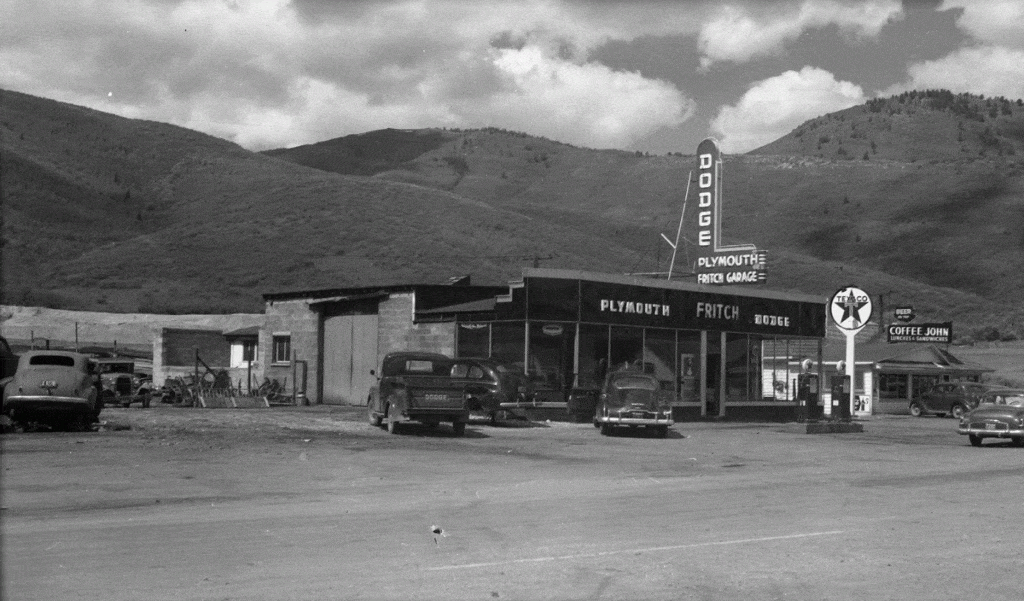As the old proverb says, “Hell hath no fury like a woman scorned.” Unless it is a ferociously angry and vindictive airplane abandoned by her crew and left to fend for herself in a vicious Utah mountain wind and snowstorm.
As midnight approached on November 16, 1941, a thunderous rumble that the on-duty police officer thought was an earthquake shook hundreds of Park City, Utah residents from their beds. Officer Dolph Blackley heard “a hell of a roar coming in from the direction of Deer Valley” minutes before a twin engine, B-18 army bomber, belching flame and flying sideways made a sickening dive into the east crest of 9,000 foot Iron Mountain.
Park City High School custodian, Frank Diamond heard an “awful roar” as the plane came over the ridge east of his home. John Neil, operator of Coffee John’s café and Mrs. Neil described the “terrible roar” they heard as they saw the plane over the Park City junction with U.S. Highway 40. Albert Johnson who was at his place of business directly across the highway from Coffee John’s heard the “awful roar” of the airplane just a few seconds before it crashed, exploded, and burst into flames.

Credit: Park City Historical Society and Museum, Kendall Webb Collection
Seven airmen were aboard the stricken aircraft as it flew an erratic course over Park City. Six of the seven were able to parachute from the bomber before it went down. Buffeted by winds out of the south at nearly 50 mph, they bailed as the plane passed south and west of the city. As the crewmen drifted northeast over the town in an overcast sky, they fell through intermittent layers of sleet, rain, and snow.
After being abandoned, the spurned airplane flew south a considerable distance and made a wide, 270 degree turn to the left. The uncontrolled turn became faster, the nose dropped, and the plane began losing altitude rapidly.
Then the mother of all fears materialized. The 13 ton, fire breathing, flying she-devil was headed directly for the six airmen who had forsaken her just minutes before. It struck and fouled the open parachute of 34 year old Major R.E.L. Pirtle, commander of the 88th Squadron of the Seventh Bombardment group. His body was found under the flight line about two miles east of the point where the airplane crashed. The body of Sergeant Jack Duane Anderson was found in the wreckage of the airplane. The other five crewmen, First Lieutenant W.E. Basye, Second Lieutenant M. Simmons, Second Lieutenant C.A. Smith, Staff Sergeant E.V. Bynum, and Private First Class R.L. Togersen landed safely four miles northeast of Park City.
Army officers who viewed the scene said unofficially it was “the worst plane wreckage we’ve ever seen.” The bomber literally was ground to bits, the wreckage in two sections. The plane struck once, parts of it scattered, then it bounded high to soar nearly one-fourth of a mile before it struck again, falling apart and burning. Come back next week to learn more about the survivors of this terrible crash.